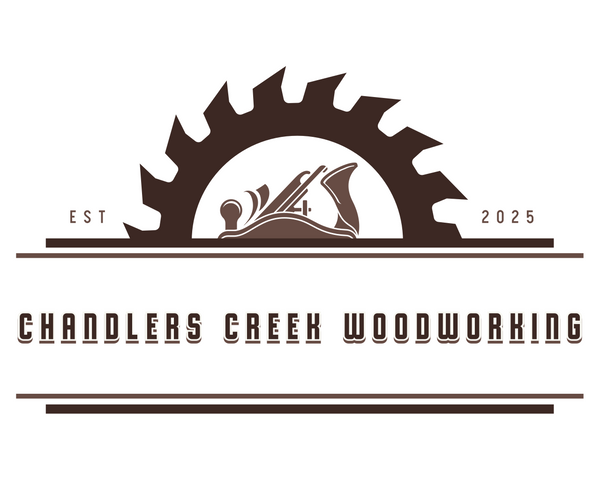Choosing the Right Wood Finish: A Guide for Beautiful, Long-Lasting Results
Introduction
When it comes to woodworking, the finish you choose can make or break your project. It’s the final step that enhances the grain, adds depth and color, and most importantly, protects your piece from moisture, wear, and age. Whether you’re crafting custom cabinets, barn doors, butcher block countertops, or floating shelves, knowing your options and when to use them can help ensure your project looks great and lasts for years.
In this guide, we’ll walk through the most common types of wood finishes, explain when and why to use each, and offer tips to help you apply them like a pro.
1. Why Wood Finish Matters
Wood is a natural, porous material that reacts to its environment. Without a finish, it’s vulnerable to moisture, stains, scratches, and sun damage. A quality finish:
- Enhances the natural beauty and grain of the wood
- Protects against humidity, spills, and UV rays
- Extends the life of your furniture or woodwork
- Adds personality — from rustic matte to sleek, glossy
2. Popular Types of Wood Finishes
A. Oil Finishes (Tung Oil, Linseed Oil, Danish Oil)
Best For: Furniture, countertops, and decorative pieces where a natural look is desired.
Pros:
- Penetrates deep into the wood
- Enhances grain and richness
- Easy to apply and touch up
- Low sheen, natural look
Cons:
- Requires multiple coats
- Longer drying time
- Less protective than film finishes
Tip: Tung oil offers better water resistance than linseed oil and is a favorite among high-end woodworkers.
B. Polyurethane (Oil-Based or Water-Based)
Best For: Tabletops, countertops, shelves — anywhere durability is a priority.
Pros:
- Very durable and water-resistant
- Available in various sheens (matte, satin, semi-gloss, gloss)
- Easy to find and apply
Cons:
- Can yellow over time (especially oil-based)
- Creates a plastic-like feel if over-applied
Tip: Use water-based poly for lighter woods like maple or white oak to avoid yellowing.
C. Lacquer
Best For: Cabinets and fine furniture with a flawless, smooth finish.
Pros:
- Dries quickly
- Creates a strong, hard finish
- Easy to repair
Cons:
- Fumes can be strong — requires proper ventilation
- Sprayer application is best, so not ideal for all DIY setups
Tip: If you want a fast-drying, professional-grade finish, lacquer is worth the extra care.
D. Wax
Best For: Decorative pieces, antiques, or as a topcoat over oil finishes.
Pros:
- Silky, soft sheen
- Easy to apply
- Feels great to the touch
Cons:
- Offers minimal protection
- Needs regular reapplication
Tip: Use wax over Danish oil for a warm, hand-rubbed finish on indoor furniture.
E. Shellac
Best For: Period furniture, antiques, and small decorative projects.
Pros:
- Natural and food-safe
- Dries quickly
- Adds a warm, amber tone
Cons:
- Not water or heat resistant
- Can be damaged by alcohol
Tip: Great for small pieces or touch-ups on vintage furniture, but not ideal for high-traffic surfaces.
3. How to Choose the Right Finish
Here are a few key questions to ask yourself before picking a finish:
- How will the piece be used? High-traffic surfaces need strong protection.
- What kind of wood are you using? Some finishes yellow over time, which can change the look of lighter woods.
- What’s your desired look? Matte for a rustic feel? Gloss for a modern shine?
- How much maintenance are you okay with? Oils and waxes need more frequent reapplication than poly or lacquer.
4. Tips for a Flawless Finish
- Sand properly: Start with 120 grit and finish with 220 or finer.
- Test on a scrap piece: Always check color and absorption before applying to your actual project.
- Apply thin coats: Better to build up slowly than over-apply.
- Work in a clean, dust-free space: Nothing ruins a finish like a speck of dust sealed in.
- Be patient: Let each coat dry fully before sanding or adding the next.
Final Thoughts
The right wood finish can elevate your project from good to exceptional. Whether you’re going for a hand-rubbed oil look or a bulletproof polyurethane coat, knowing your options gives you control over the final appearance and longevity of your piece.
At Chandlers Creek Woodworking, we use a variety of finishes tailored to each custom project — ensuring every piece looks beautiful and holds up for years to come. Have a project in mind or questions about what finish to use? Contact us today — we’d be happy to help.
